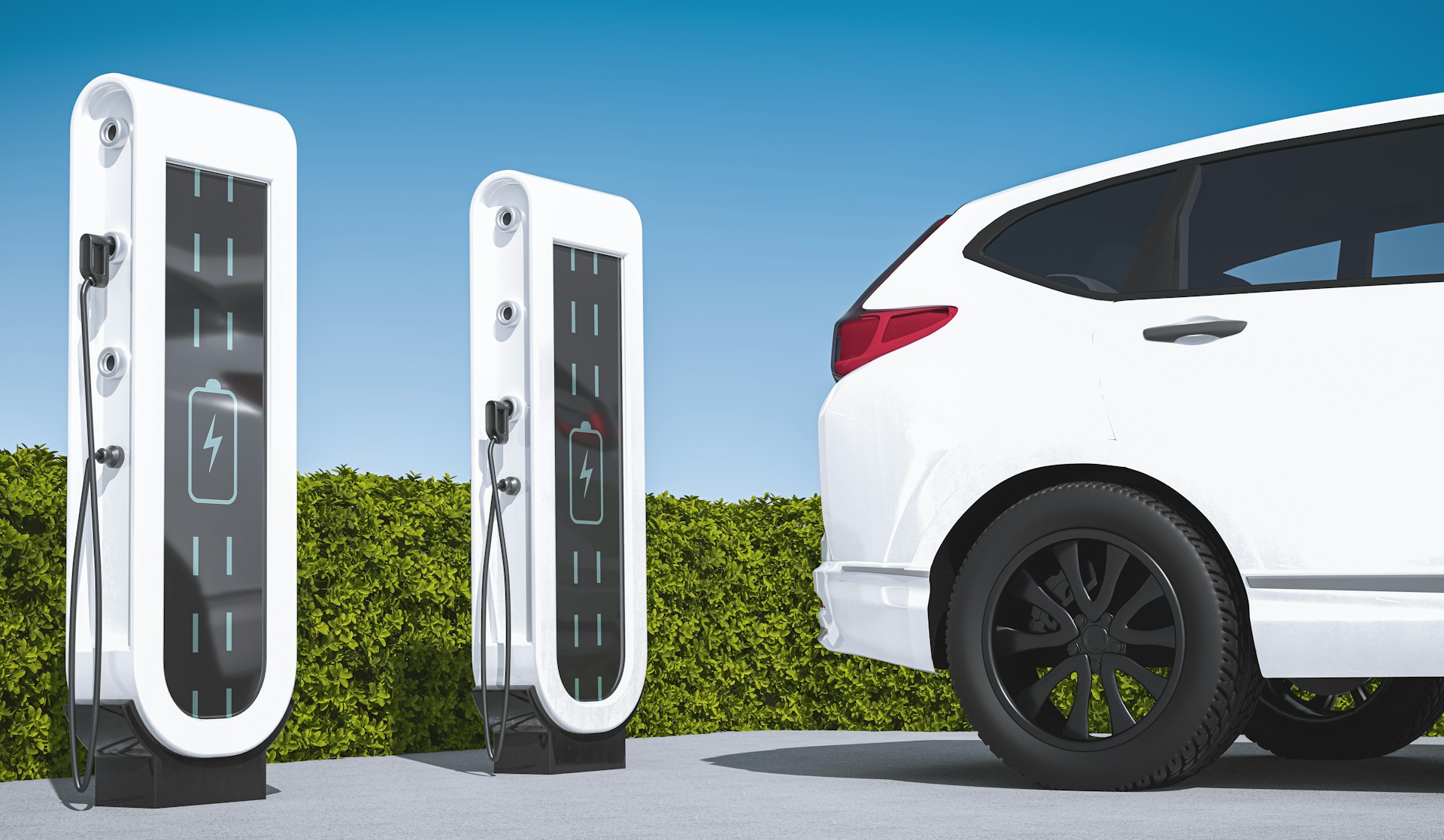

As electric vehicles (EVs) become increasingly popular, questions about their safety, particularly the safety of their batteries, are on the rise.
People often wonder whether the batteries used in these vehicles pose a danger, and if so, how significant that danger might be. It’s an important question, especially as more drivers consider making the switch to electric cars.
Stats About Electric Cars
| Fact | Statistic |
|---|---|
| Likelihood of Pedestrian Collision (EV vs. Gas) | 37% higher with EVs |
| Risk of Collision at Low Speeds (EV vs. Gas) | Twice as likely at speeds below 20 mph |
| Percentage of Pedestrian Collisions Below 35 mph | 43% |
| Increased Pedestrian Accidents in Parking Lots | 60% higher with EVs |
| Risk Increase Due to Silent Operation | 39% higher in urban areas |
| Percentage of Urban Pedestrian Injuries Linked to EVs | 25% |
| Increase in Pedestrian Accidents at Dusk/Dawn | 15% higher with EVs |
Understanding the Safety of Electric Car Batteries
Electric car batteries are at the heart of any EV, providing the power that propels these vehicles. But with this technology comes concerns about safety—concerns that are important to address.
The good news is that electric car batteries are generally safe, thanks to extensive research and engineering designed to minimize risks.
However, as with any powerful energy source, there are inherent risks that need to be understood and managed.
Types of Batteries Used in Electric Vehicles
Understanding the types of batteries used in electric vehicles (EVs) is crucial to grasping the overall safety of these vehicles.
The type of battery not only determines the car’s range and performance but also influences the safety measures needed to prevent potential hazards.
Electric vehicles predominantly use lithium-ion batteries, but there are other types that are also employed, each with its own set of characteristics and safety considerations.
Lithium-Ion Batteries as the Most Common Choice
Lithium-ion batteries are the most widely used in electric vehicles today. They are favored for their high energy density, which allows for longer driving ranges between charges.
This means a typical EV can travel over 300 miles on a single charge—comparable to many gasoline-powered cars.
However, the high energy density of lithium-ion batteries also means they require careful management to prevent overheating and other potential issues.
The cells in these batteries are packed tightly together, and if one cell fails, it can lead to a chain reaction known as thermal runaway.
This is why EV manufacturers include sophisticated battery management systems to monitor and control the temperature of the battery pack, ensuring that it operates within safe limits.
Nickel-Metal Hydride Batteries as an Alternative with Unique Features
While less common than lithium-ion batteries, Nickel-Metal Hydride (NiMH) batteries are still used in some hybrid electric vehicles (HEVs).
These batteries are known for their durability and ability to handle high power demands, making them suitable for vehicles that require both electric and gasoline power.
NiMH batteries are less likely to overheat compared to lithium-ion batteries, but they are heavier and less energy-dense, meaning they don’t provide as much range per charge.
They also have a higher self-discharge rate, which means they lose charge more quickly when not in use.
Despite these drawbacks, NiMH batteries are considered very safe, and their robust construction makes them a reliable choice for certain applications.
Solid-State Batteries
Solid-state batteries are an emerging technology that promises to revolutionize the electric vehicle industry.
Unlike lithium-ion and NiMH batteries, solid-state batteries use a solid electrolyte instead of a liquid one. This change in design offers several potential safety benefits, including a lower risk of thermal runaway and a higher tolerance to temperature variations.
Solid-state batteries are also expected to be more energy-dense, which could allow for even longer driving ranges in future EVs.
However, this technology is still in the development stage, and it may be several years before solid-state batteries become commercially viable.
The Importance of Battery Chemistry
The chemistry of an EV battery plays a significant role in its performance and safety.
For example, lithium-ion batteries can vary in their composition—some use a combination of nickel, manganese, and cobalt (NMC), while others might use nickel, cobalt, and aluminum (NCA).
Each of these chemistries offers different balances between energy density, cost, and safety. NMC batteries are often chosen for their good balance of these factors, while NCA batteries might be used in high-performance vehicles due to their higher energy density.
Fire Hazards and Preventative Measures
Fire hazards are often the first concern that comes to mind when people think about electric vehicle (EV) batteries.
The idea of a powerful battery bursting into flames can be frightening, and high-profile incidents have certainly contributed to this fear.
However, understanding the real risks—and the measures in place to prevent them—can provide peace of mind for potential EV owners.
While there is a risk of fire with any energy-dense system, including gasoline engines, the reality is that EV batteries are designed with numerous safety features to minimize this risk.
Understanding the Risks of Battery Fires
Electric vehicle batteries, particularly lithium-ion types, have been the subject of much scrutiny due to their potential to catch fire.
This can happen if the battery cells are damaged, overheated, or experience a manufacturing defect. However, it’s important to put this risk into context.
For example, gasoline engines operate with highly flammable fuel that can ignite easily in the event of a crash or fuel leak.
In contrast, EV batteries are housed in protective casings and include systems to manage temperature and prevent short circuits.
Preventative Measures Built into EVs
Electric vehicles (EVs) are equipped with a variety of safety features designed to minimize the risk of battery-related issues, such as fires or overheating. These preventative measures are crucial for ensuring that EVs remain safe under various driving conditions.
By understanding these features, drivers can feel more confident in the safety and reliability of their electric vehicles.
- Battery Management Systems (BMS)
- Impact-Resistant Casings
- Thermal Management Systems
- Automatic Disconnects
These safety features are just some of the ways in which EV manufacturers are working to protect drivers and passengers.
By incorporating these preventative measures, EVs are designed to be safe and reliable, even in challenging conditions.
Response and Safety Protocols in Case of a Fire
Despite all the preventative measures, it’s essential to be prepared for the possibility of a fire, however rare it may be.
Fire departments around the world are receiving specialized training on how to deal with EV battery fires, which can be challenging to extinguish due to the potential for re-ignition.
Lithium-ion batteries can sometimes reignite even after the initial fire has been put out, which is why some fire departments use techniques like submerging the vehicle in water to cool the battery pack completely.
Temperature Sensitivity and Battery Performance
Temperature plays a critical role in the performance and safety of electric vehicle (EV) batteries.
These batteries are designed to operate within a specific temperature range, and deviations from this range can lead to reduced efficiency or, in extreme cases, safety issues.
Both hot and cold weather conditions present unique challenges to the operation of EVs, making temperature management a key aspect of vehicle design and operation.
The Impact of Cold Weather on EV Batteries
Cold weather can significantly affect the performance of electric vehicle batteries.
When temperatures drop, the chemical reactions within the battery slow down, which reduces the battery’s efficiency.
This can lead to a noticeable decrease in driving range, as the battery is unable to hold as much charge in cold conditions.
Additionally, the energy used to heat the cabin during cold weather can further drain the battery, compounding the issue.
Managing Overheating in Hot Weather
While cold weather reduces battery efficiency, hot weather can pose a different kind of threat—overheating.
High temperatures can accelerate the chemical reactions within the battery, potentially leading to a condition known as thermal runaway. This occurs when the battery becomes so hot that it starts to overheat uncontrollably, which can lead to serious safety issues such as fires or explosions.
To prevent this, electric vehicles are equipped with thermal management systems designed to keep the battery within a safe temperature range.
These systems often include liquid or air cooling mechanisms that help dissipate heat and maintain the battery’s optimal operating temperature, even in extreme heat.
The Role of Thermal Management Systems
Thermal management systems are critical in ensuring that an electric vehicle’s battery remains safe and performs efficiently across a range of temperatures. These systems work by actively monitoring the temperature of the battery and making real-time adjustments to prevent overheating or excessive cooling. In hot weather, for example, a liquid cooling system might circulate coolant around the battery cells to absorb and dissipate heat. In colder conditions, some EVs are equipped with battery heaters that help maintain a minimum operating temperature, ensuring that the battery remains efficient and reliable even in freezing conditions. These systems are essential not only for maintaining battery performance but also for extending the lifespan of the battery by preventing damage caused by temperature extremes.
Practical Tips for EV Owners
Owning an electric vehicle requires a few adjustments, particularly when it comes to managing the effects of temperature on battery performance.
By following some practical tips, EV owners can ensure that their vehicles operate efficiently and safely, no matter the weather.
- Pre-Condition the Vehicle
- Park in the Shade
- Avoid Rapid Acceleration
- Monitor Battery Health
By incorporating these tips into your daily routine, you can maximize the performance and longevity of your EV battery, ensuring a safer and more efficient driving experience.
Need Help After a Car Accident?
If you’ve been involved in a car accident, particularly one involving an electric vehicle, it’s crucial to have legal guidance to understand your rights and options.
Goldenzweig Law, your trusted Houston car accident attorney, is here to help. Call us today at 713-903-3988 to get the support and advice you need during this challenging time.
Navigation
Related Posts


What is a Non Dot Recordable Accident?
Continue Reading

